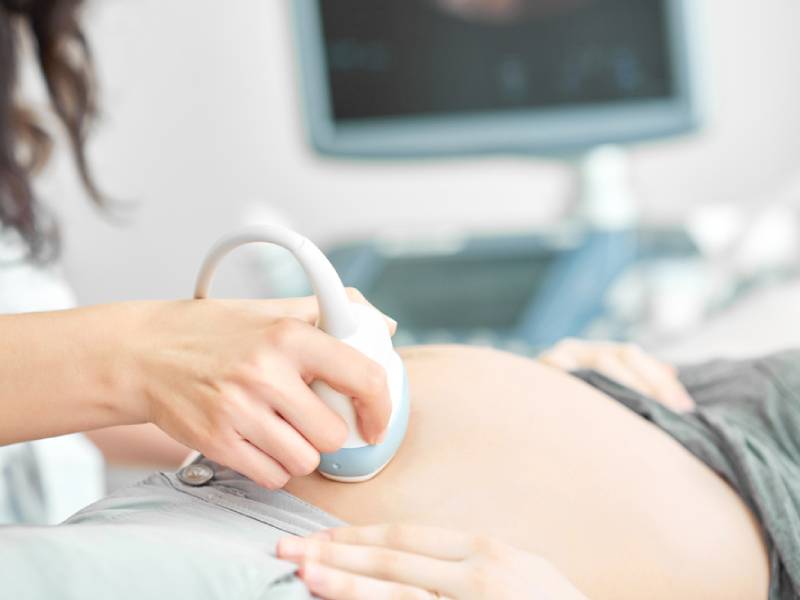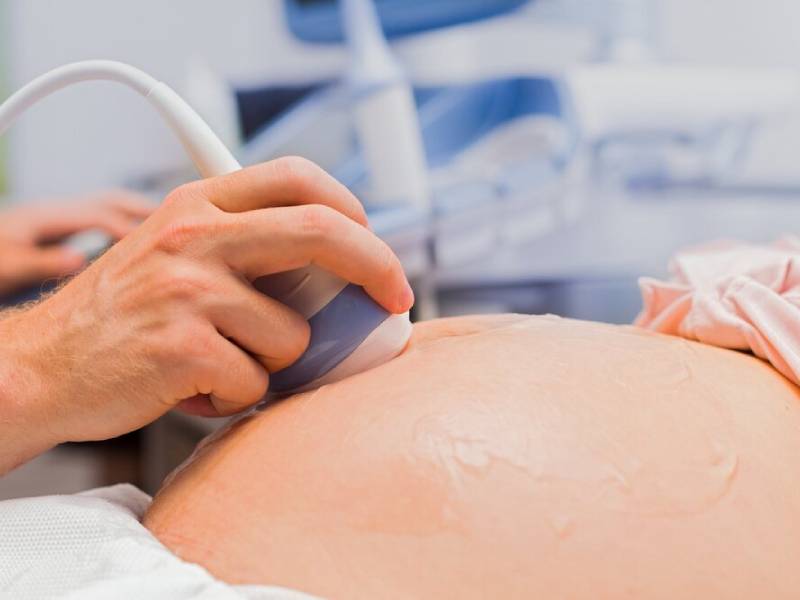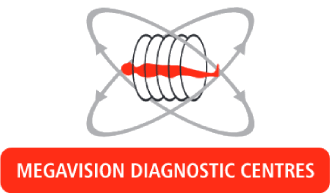2-D Echo

An echocardiogram is a noninvasive procedure used to assess the heart’s function and structures. During the procedure, a transducer sends out sound waves at a frequency too high to be heard. When the transducer is placed on the chest at certain locations and angles, the sound waves move through the skin and other body tissues to the heart tissues, where the waves bounce or “echo” off of the heart structures. These sound waves are sent to a computer that can create moving images of the heart walls and valves. The images can help them get information about:
- blood clots in the heart chambers
- fluid in the sac around the heart
- problems with the aorta, which is the main artery connected to the heart
- problems with the pumping function or relaxing function of the heart
- problems with the function of your heart valves
- pressures in the heart
- Purpose
- Risks
The test allows your doctor to see how your heart is beating and pumping blood. The test is used to:
- Assess the overall function of your heart
- Determine the presence of many types of heart disease, such as valve disease, myocardial disease, pericardial disease, infective endocarditis, cardiac masses and congenital heart disease
- Follow the progress of valve disease over time
- Evaluate the effectiveness of your medical or surgical treatments.
- To diagnose coronary heart disease (CHD)
- Examine chest pain or difficulty in breathing and determine any connection with heart problem.
- Detecting narrow arteries.
A transthoracic echocardiogram carries no risk if it is done without contrast injection. There’s a chance for slight discomfort when the EKG electrodes are removed from your skin. This may feel similar to pulling off a Band-Aid.
If contrast injection is used, there is a slight risk of complications such as allergic reaction to the contrast. Contrast should not be used in pregnant patients who have an echocardiogram.
There’s a rare chance the tube used in a transesophageal echocardiogram may scrape the esophagus and cause irritation. In very rare cases, it can puncture the esophagus to cause a potentially life threatening complication called esophageal perforation.

Request Call Back
Frequently Asked Questions
- blood clots in the heart chambers.
- Abnormal cardiac chamber size.
- Problem with heart muscle
- fluid in the sac around the heart
- problems with the aorta
- problems with the pumping function
- problems with the function of your heart valves.
WhatsApp us
